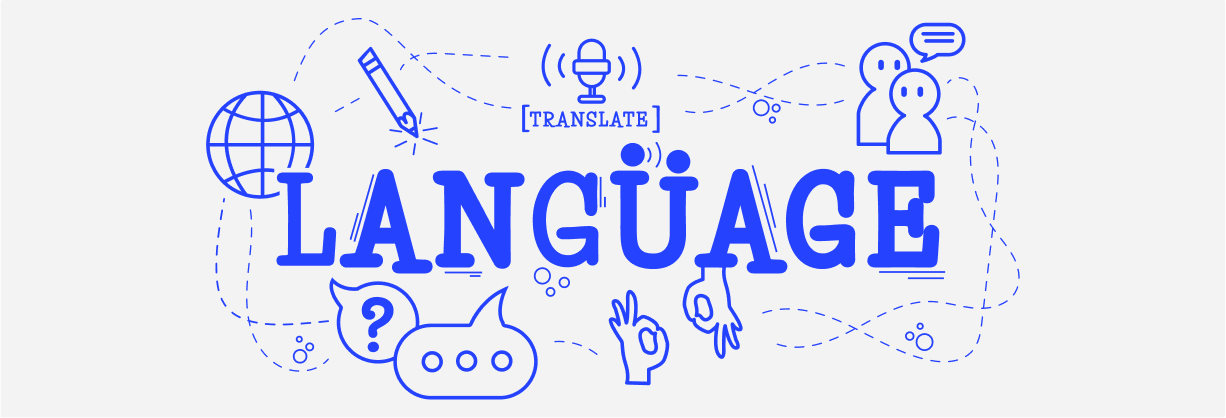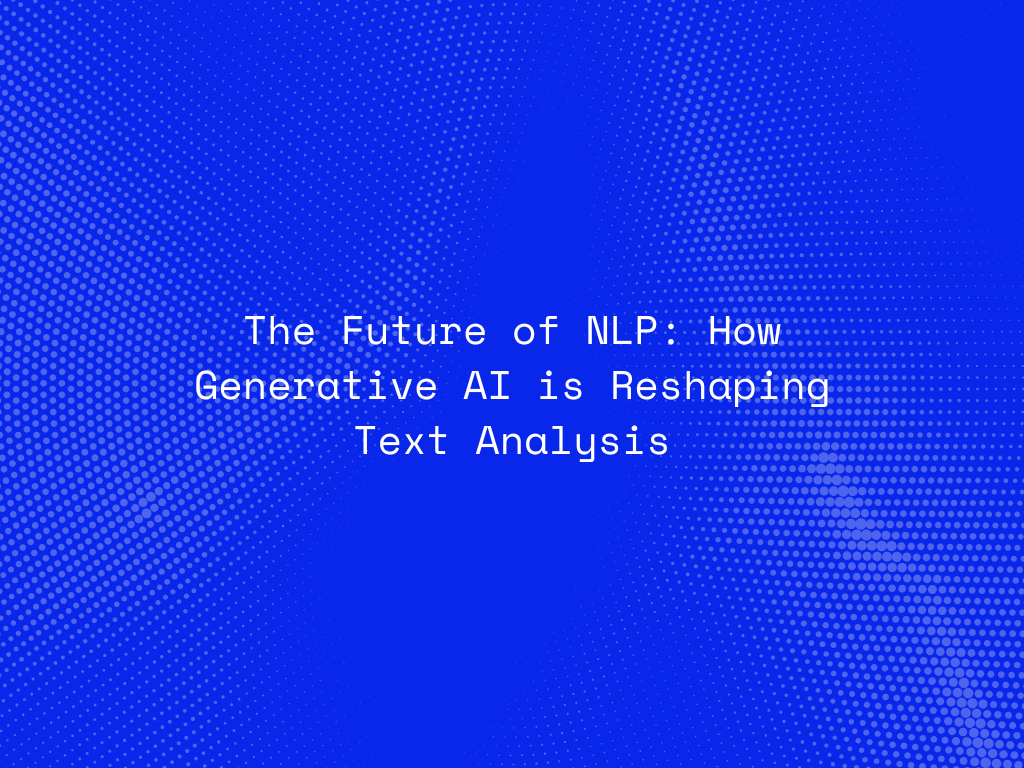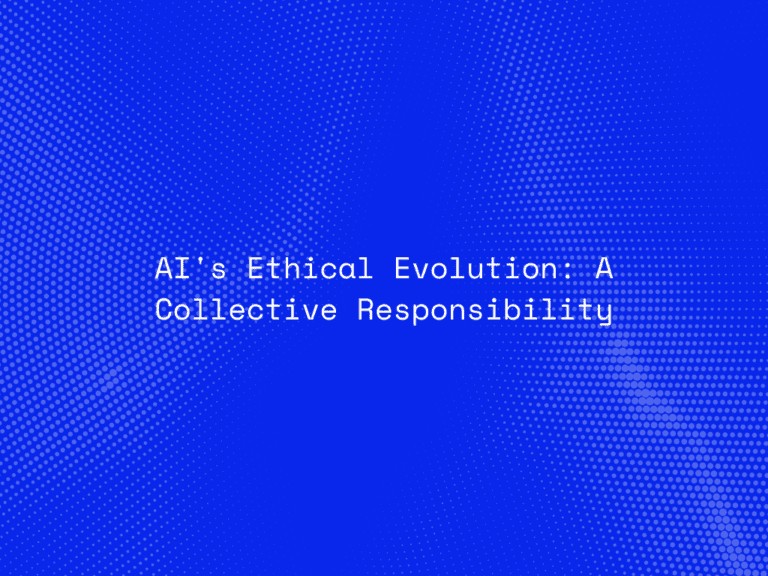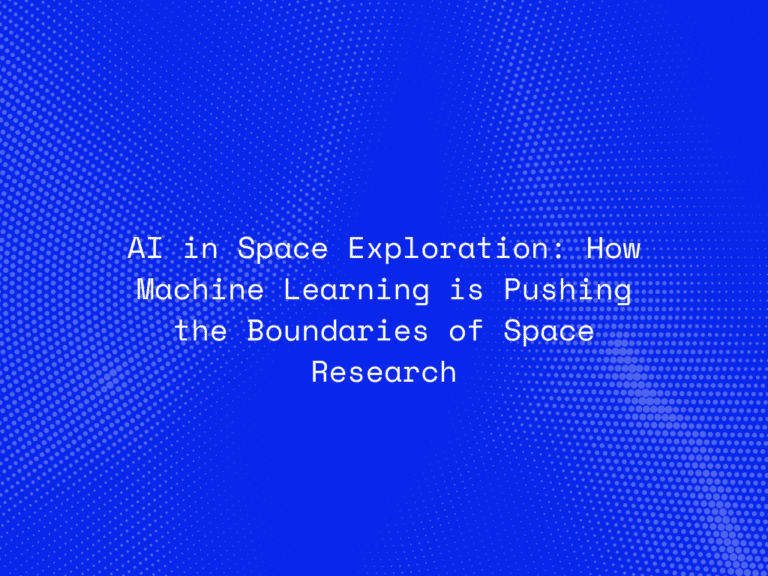Natural Language Processing (NLP) has long been a critical aspect of artificial intelligence, enabling machines to understand, interpret, and generate human language. However, the advent of Generative AI has propelled NLP into an entirely new realm. By combining powerful machine learning models with massive datasets, Generative AI brings unprecedented capabilities, from understanding nuanced text to generating human-like content.
As industries increasingly rely on data-driven insights, Generative AI is transforming how text analysis is conducted, unlocking new opportunities across domains. This blog delves into the transformative role of Generative AI in reshaping NLP, its applications, benefits, challenges, and the exciting future it promises.
How Generative AI Is Changing NLP
Generative AI has revolutionized NLP by enhancing its ability to process and produce human-like text. Unlike traditional NLP, which focuses on rule-based approaches or simpler statistical models, Generative AI employs deep learning architectures like Transformers to understand and generate contextually accurate and coherent language.
These models, such as OpenAI’s GPT and Google’s BERT, are trained on vast datasets, enabling them to comprehend complex linguistic patterns and generate creative, context-aware content. This evolution has expanded NLP’s potential, making it a core tool for advanced text analysis across industries.
Applications of Generative AI in Text Analysis
Sentiment Analysis
Generative AI takes sentiment analysis beyond basic keyword detection by analyzing the context and tone of language. For instance, businesses can use AI models to determine customer satisfaction levels from reviews or social media posts, enabling them to make data-driven improvements to their products or services.
Advanced Chatbots and Virtual Assistants
Generative AI powers conversational agents that understand and respond in a natural, human-like manner. Virtual assistants like ChatGPT provide seamless customer interactions, handling complex queries, making personalized recommendations, and even providing emotional support.
Content Summarization
In today’s information-heavy world, summarizing lengthy documents quickly is essential. Generative AI excels at extracting critical information, condensing research papers, news articles, or legal documents into concise summaries, saving professionals valuable time.
Automated Translation
Language barriers are diminishing with AI-powered translation tools that offer real-time, contextually accurate translations. These models ensure high fidelity in language processing, aiding in global communication and fostering inclusivity.
Data Augmentation and Generation
Generative AI aids in data augmentation by creating synthetic data for training other machine learning models. It also generates high-quality, human-like content, from marketing copy to technical documentation, streamlining creative workflows.

Benefits of Generative AI in NLP
One of the most significant advantages of Generative AI in NLP is its ability to provide high-quality, context-aware outputs. Unlike earlier models, Generative AI can understand nuanced language elements like sarcasm, idioms, and cultural references.
It also offers scalability, handling large volumes of data at speed while delivering consistent results. This scalability allows businesses to analyze unstructured data like customer feedback, social media chatter, and emails effortlessly, uncovering valuable insights.
Personalization is another key benefit. Generative AI can create hyper-personalized content or recommendations, enhancing user engagement and satisfaction. For example, e-commerce platforms can offer tailored product suggestions based on individual customer behavior.
Challenges in Implementing Generative AI for NLP
While Generative AI is highly advanced, its implementation is not without challenges.
Bias in AI Models:
Generative AI models can inherit biases from their training datasets, leading to skewed or inappropriate results. Addressing this requires careful curation of training data and the implementation of bias mitigation strategies.
Data Privacy Concerns:
Handling sensitive information poses privacy risks, especially in sectors like healthcare or finance. Organizations must ensure robust encryption and comply with data protection regulations like GDPR or CCPA.
High Computational Costs:
Training and deploying Generative AI models demand significant computational resources, which may not be feasible for all organizations. Cloud-based solutions and model optimizations like pruning or quantization can help alleviate these costs.
Explainability Issues:
Generative AI models often function as “black boxes,” making their decision-making processes opaque. Incorporating explainable AI (XAI) tools can enhance transparency and trust in their outputs.
The Future of NLP with Generative AI
The future of NLP is intrinsically tied to advancements in Generative AI. Emerging trends include:
Multimodal AI Integration:
NLP will evolve into multimodal AI, combining text with visual, auditory, and sensory data. This integration will lead to richer analyses and more immersive applications, such as virtual reality experiences powered by AI.
Real-Time Text Analysis:
Generative AI models are increasingly capable of processing and generating insights in real-time, enabling instant decision-making in critical scenarios like fraud detection or emergency response.
Specialized Models:
As Generative AI matures, industry-specific models tailored to sectors like healthcare, law, and finance will emerge, addressing unique challenges and needs with greater precision.
Collaborative AI Tools:
AI will transition from an independent tool to a collaborative partner, working alongside humans to enhance creativity and decision-making. For example, writers and researchers can rely on AI to provide drafts, suggestions, or critiques.
Ethical AI Development:
The focus on creating ethical AI systems will intensify, ensuring that models are fair, transparent, and aligned with societal values.
Conclusion
Generative AI is not just a step forward for NLP; it is a quantum leap. By enabling machines to analyze, understand, and generate human-like language, Generative AI is transforming industries, automating processes, and unlocking new opportunities.
As challenges like bias and explainability are addressed, the potential of Generative AI in NLP will only grow. From business insights to creative innovation, this technology is shaping the future of text analysis, making it indispensable in a world driven by intelligent automation.




